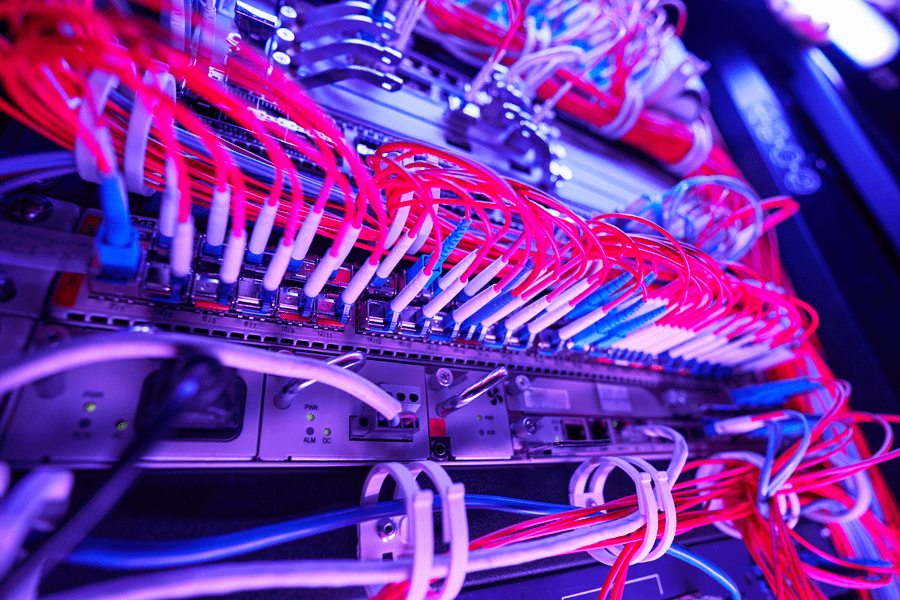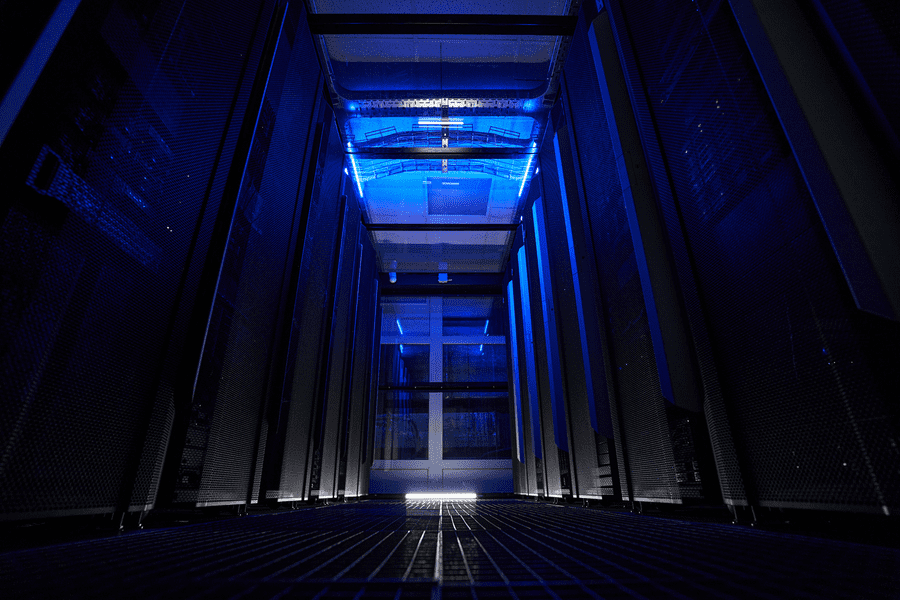Data Center Cabling Requirements

Data centers have become essential with the current high demand for more data and the need for better transmission, storage, and security. One of the significant components of data center operations is good cabling.
Computer cable management is a vital activity that is sometimes ignored or neglected. From your work desk to dozens or even thousands of servers in a data center, unorganized cabling may ultimately lead to a "spaghetti tangle", a phenomenon that is both unsightly and can lead to a slew of significant issues. As a result, proper cable organization is critical.
This article tells you more about data center cabling, why it is important, and tips for doing it right.
What is Data Center Cabling?
Data center cabling links various components of data center equipment and systems to provide network interconnection and power delivery. Three main types of data center cabling are used worldwide. This includes fiber optics, AC/DC power, and copper cabling. Before deciding on the cabling type, you should first check your data center's interface. You may also need to know the bandwidth requirements of your data center equipment.
Data center cabling can fall into two main designs depending on the type of cabling you want to use. These are structured cabling and unstructured cabling.
● Structured cabling: A structured cabling layout adheres to specified standards, with predetermined connection points and paths dependent on the bandwidth requirements of the equipment. It has been thoroughly tested, sorted, and classified. Structured cabling can be costly and time-consuming, but the advantages of increased operating efficiency, cheaper maintenance costs, and longer lifetime greatly exceed the disadvantages.
● Unstructured cabling: Unstructured cabling, often known as point-to-point cabling, misses structured cabling's predefined technique. Unstructured cabling may frequently be constructed inexpensively and rapidly since there is no preset design, but it quickly generates severe concerns with scalability and maintenance expenses.
Why is Cabling so Crucial for Data Center Providers and Users?
Cabling is the backbone of any data center. It connects all of the equipment and network components. Without it, you would not be able to transmit or receive data promptly.
Cables are essential for data centers because they transfer information between different devices. They also protect information transmitted from electromagnetic interference, power surges, and other types of damage.
A well-built cable can help to increase the speed at which data can be transferred between two devices by reducing signal loss through the wire's insulation and shielding. This is especially important in high-speed applications like 4K video streaming or high-frequency trading, where milliseconds count!
Basic Knowledge and Tips to have The Correct Data Center Cabling
Proper cable management in data centers is essential to avoid several problems. The most common issue is overheating caused by the cables and connectors.
Good cable management starts with selecting the correct type of cabling for your needs. If you have a lot of data traffic, it's better to use twisted-pair copper cabling instead of coaxial cables because they are more resistant to interference.
The next step is installing your cables to allow them to be easily accessed and replaced if necessary. You can use cable ties or zip ties to bundle them together, or you can install them on hooks or racks with cable trays that are easy to access.
Data center cabling is vital for the optimal functioning of data centers. Take a look at our page to get the best cabling solutions and other data center services.

















